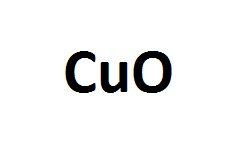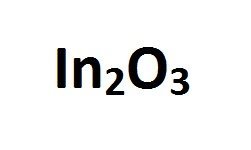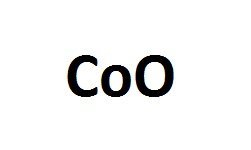Additional information
| Cas number | 1307-96-6 |
|---|---|
| Empirical formula | CoO |
| Molecular weight | 74.9326 g/mol |
| Average particle size | ~100 nm |
| Purity | >99% |
| Appearance | Greyish Green Powder |
| Bulk density | 6.44 g/cm³ |
| Packing size | 5 gm |
Lithium-ion Battery
Gas Sensor
| Cas number | 1307-96-6 |
|---|---|
| Empirical formula | CoO |
| Molecular weight | 74.9326 g/mol |
| Average particle size | ~100 nm |
| Purity | >99% |
| Appearance | Greyish Green Powder |
| Bulk density | 6.44 g/cm³ |
| Packing size | 5 gm |
No application data available.

Transparent conductive anti-static coating; As a conductive film liquid on crystal display (LCD); Touch-type display; CRT anti-radiation (EMI, RMI) protection of high-transmittance microscope; Energy conservation and the protection of privacy with the switch-mode transmittance glass (Switch Glazing); Buildings & automotive windows; Sensor; Anti-reflective film; As antifogging and heating panels in boreal regions; As conductive film for optoelectronic components; As electrode for organic light-emitting diodes.

As burning rate catalyst in rocket propellant. It can greatly improve the homogeneous propellant burning rate, lower pressure index, and also perform better as a catalyst for the AP composite propellant
Can be applied to the catalyst, superconducting materials, thermoelectric materials, sensing materials, glass, ceramics and other fields
As ceramic resistors, magnetic storage media, gas sensors, near-infrared tilters, photoconductive and photothermal applications
As semiconductors, solar energy transformation, and high-tech superconductors.

“Optical and antistatic coatings
As a substitute for mercury as a battery inhibitor
Forms a transparent conducting ceramic in combination with tin Oxide”

“To absorb radionucleotides
As a magnetic Nanoparticless for magnetic data storage and magnetic resonance imaging (MRI)
In biosensors
In coatings, plastics, nanowires, nanofibers, and textiles
In specific biogenic and bioscience applications.”
